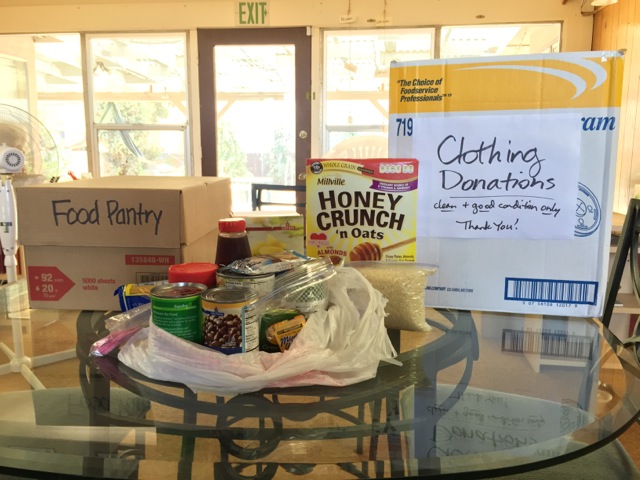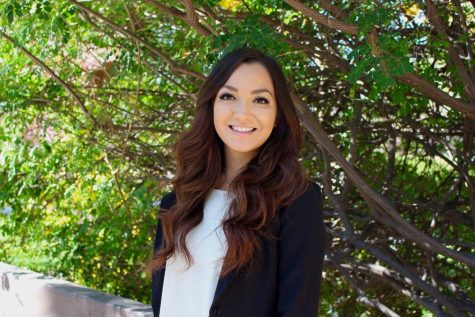Members of the homeless population are often seen on the streets of California with forts made of blankets, plastic tarps and cardboard.
But there are some members of the homeless population that don’t spend their nights on the streets. Instead they could be sleeping on a friend’s couch, in a car or at a school library.
They are homeless students.
A study conducted at California State University, Long Beach estimated that about 9 percent of students are displaced and 21 percent of students are food insecure.
The study was commissioned by California State Chancellor Timothy P. White and was intended to show how the 23 CSU campuses were meeting the needs of displaced students.
Researchers found that 11 campuses offer food programs or pantries to address food insecurity and one campus has a program specifically for displacement.
“If students don’t have their basic needs met how do we expect them to succeed in school?” said Jennifer Cosio, executive director of the Consensus Organizing Center and a lecturer at the School of Social Work at SDSU.
Last spring semester, Cosio taught a master’s level class focusing on community organizing and problem solving. Her students were broken up into groups and each focused on different community issues.
One of her student groups developed a program proposal to address student homelessness for the Economic Crisis Resource Team at SDSU.
The ECRT is a group of staff, students and faculty members that coordinate already available sources and offer assistance for students in an economic crisis through their website.
“They came up with the idea of a student led organization that could establish a pantry, acquire more services and build partnerships with other organizations that deal with student homelessness,” she said.
Cosio said the social work intern for fall 2016 will start the project alongside ECRT and establish a student organization on campus to meet these goals.
“Many college students are experiencing housing and food insecurities at universities across the country,” said Vitaliano Figueroa, associate vice president for Student Affairs.
Cal State University, Chico, Fresno, Humboldt, Long Beach and San Bernardino offer different food pantry services and emergency housing programs to their students.
“At San Diego State University, we are committed to assisting our students through their immediate financial crises,” Figueroa said. “In identifying financial and alternative means to support our students’ goal of obtaining a college degree, we have been very successful in supporting the needs of our students in crisis.”
Figueroa said assistance has been provided to students within 24 to 48 hours, but that each individual’s needs are unique.
“I’ve learned a lot about the issue on campus, what’s not being done, what’s being done, what potentially could be done and what other universities are doing to address the issue,” she said.
The Agape House, a Christian organization at SDSU, is working on creating a food pantry. Patricia Ruiz, activist and campus ministry assistant, said she hopes it will be up and running by the end of September.
Ruiz said a food pantry is a “band-aid” and what needs to be addressed is the environment that is causing students to struggle. She said she thinks tuition and fee increases are placing students in a difficult position. Ruiz said some students can barely afford textbooks or a laptop, which are nearly essential for many courses at SDSU.
Cosio said there are obstacles to finding out more about the homeless student population and economic crisis at SDSU because the priority of the issue falls short.
“It’s been on the back burner for sometime and I think that they are starting to pay attention to it,” Cosio said.
Cosio’s student group surveyed 266 students at SDSU and found nine percent reported that, during their time at the university, there were times when they did not know where they would sleep at night.
According to their data, 83 percent claimed to have eaten food that was not nutritious and 80 percent skipped meals due to money constraints.
When asked if they had heard of the ECRT, 89 percent of students surveyed answered no.
“The ECRT is a good first step but it’s not the answer, it’s a website and it’s not a center where students can go,” Ruiz said. “I’ve met students who don’t get quick responses.”









